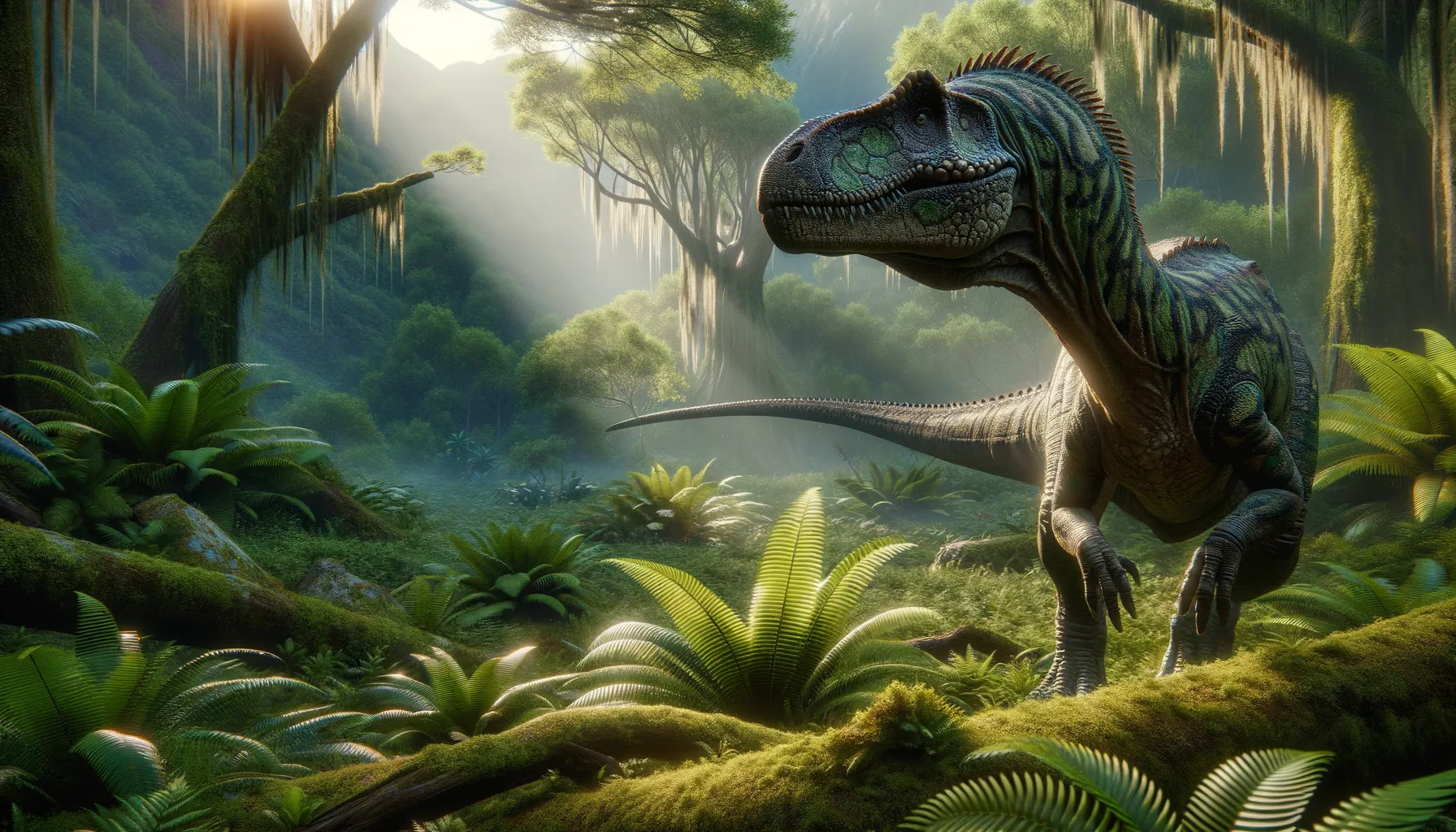
Borealopelta
Armored giant of the ancient forests!
Period
Cretaceous
Length
Up to 18 feet from head to tail.
Height
Around 5.5 feet tall at the shoulders.
Weight
Approximately 1.3 tons.
Borealopelta was a heavily armored dinosaur from the early Cretaceous period, known for its exceptional fossil preservation. As an herbivore, it roamed the lush landscapes of ancient forests, using its formidable armor to defend against predators. Its discovery provided profound insights into the structure and coloration of its scales, revealing patterns that likely served both for camouflage and protection in its environment.
Diet
Borealopelta was an herbivore, feeding primarily on low-growing plants and ferns. Given its large body and strong limbs, it could easily reach and consume a wide range of vegetation.
Hunting
As an herbivore, Borealopelta did not hunt. It likely spent its days foraging for food among dense foliage. Its strong jaw was adapted to efficiently chew fibrous plant material.
Environmental challenges
Borealopelta faced threats from large carnivorous dinosaurs of its time. Its extensive armor and spikes were natural defenses against predators. Environmental changes, such as shifts in plant availability, also posed challenges for its dietary needs.
Speed
Relatively slow due to its heavy armor and build.
Lifespan
Estimated to be around 20 to 30 years.
First discovery
First discovered in Alberta, Canada in 2011.
Fun Facts
- Borealopelta was a type of armored dinosaur known as a nodosaur, which lived about 110 million years ago during the early Cretaceous period.
- This dinosaur had heavily armored skin with spiky, bony protrusions, which helped protect it from predators.
- The name Borealopelta means 'northern shield,' reflecting both its armor and the region in Canada where it was discovered.
- Borealopelta is one of the most well-preserved dinosaur fossils ever found, with not only its bones but also its armored skin intact.
- Scientists were able to determine the color of Borealopelta's skin, which was a reddish-brown, thanks to the preserved pigments.
- This dinosaur was a herbivore, browsing mainly on low-lying plants in its environment.
- Borealopelta's fossil was discovered in 2011 at an oil sands mine in Alberta, Canada, and it's considered a rare find due to its excellent preservation.
Growth and Development
Borealopelta's growth involved developing considerable body mass to support its heavy armor. It likely reached full size after several years of consistent feeding. During its development, young dinosaurs were vulnerable and had to rely more on camouflage than adults.
Habitat
Borealopelta inhabited lush prehistoric forests in what is now North America. It preferred areas abundant with low-growing vegetation. Swampy regions and riverbanks would have provided ample food and coverage.
Interaction with other species
Borealopelta likely coexisted with other herbivorous dinosaurs, sharing its habitat. It may have also engaged in defensive behavior when threatened by predators. Its physical adaptations were crucial in warding off carnivorous species.
Natural lifespan
Its natural lifespan is estimated at around 20 to 30 years.
Reproduction
Borealopelta would have reproduced by laying eggs in nests. Its reproductive behavior likely involved selecting safe, concealed environments for nesting to protect its young from predators.
Social behaviour
Borealopelta may have lived solitary lives or in small groups. Its heavily armored body suggests a relatively defensive lifestyle. Interaction with others might have been limited, focusing mainly on mating and protection against threats.
Fossil locations
The only known Borealopelta fossil was found in Alberta, Canada. This exceptionally preserved specimen offered significant insights into its anatomy and skin patterns. Fossil analysis has contributed greatly to understanding its ecological role in the Cretaceous period.
